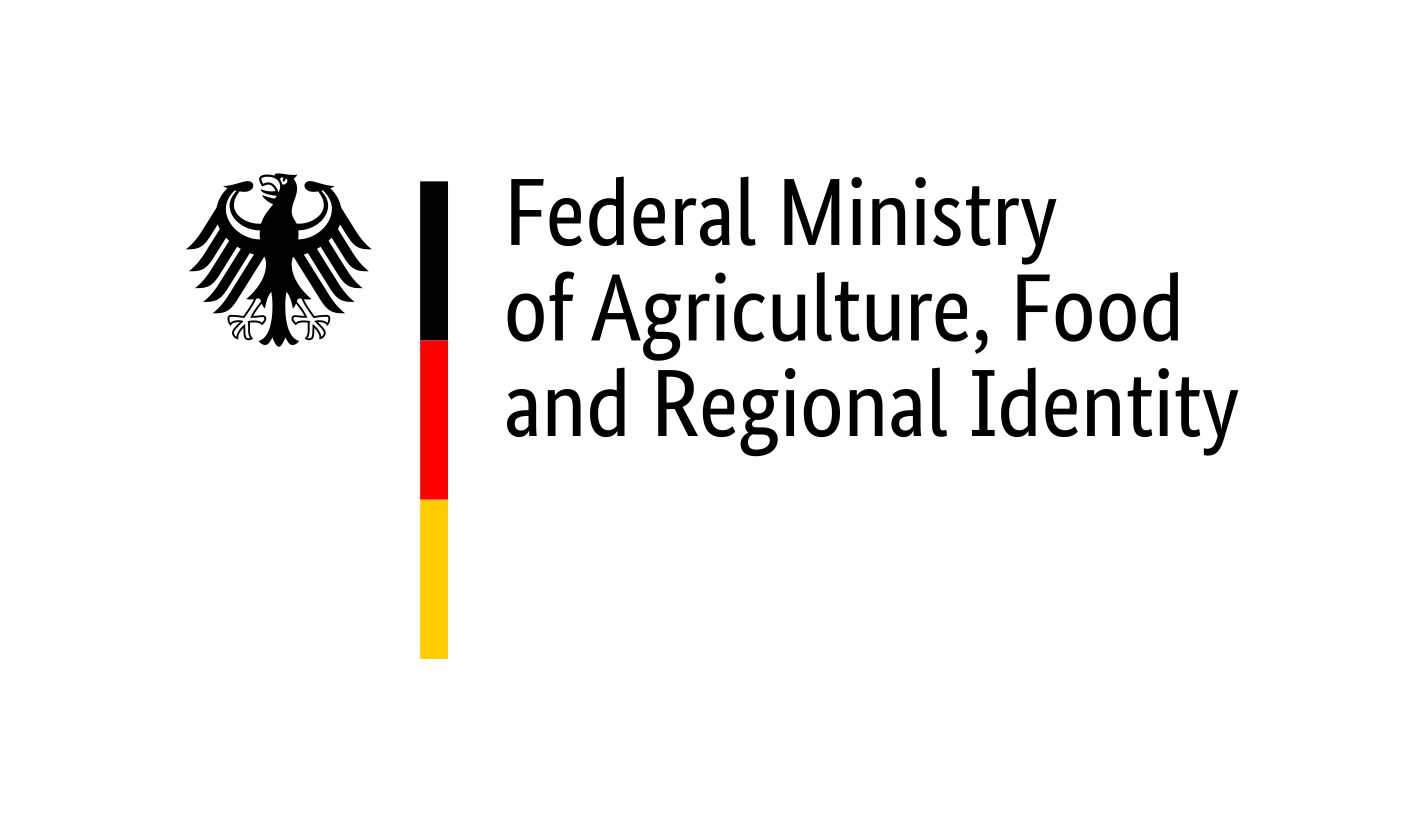

For the development of a nationwide biodiversity monitoring in agricultural landscapes, MonViA developed national indicators for agriculture that complement the existing set of indicators. These shall track changes in biodiversity as well as enable an evaluation of agri-environmental policy measures.
Statements on the status and development of biodiversity in agricultural landscapes are made using traditional trend monitoring over a period of more than ten years. MonViA pursues an adaptive monitoring approach that uses in-depth monitoring to address agricultural-area-specific issues, such as the evaluation of agricultural environmental and climate measures under the Joint Task for Agricultural Structure and Coastal Protection. Methods have also been developed and tested for in-depth monitoring that can be applied at the national level and in different agricultural areas.
Through joint data analyses from existing monitoring programs (DDA & UfZ), interfaces for future collaboration are being identified. The focus is on the so-called integrative monitoring approach to strengthen trend predictions. By applying the integrative monitoring approach, citizen science-based monitoring approaches are being integrated into general trend monitoring and in-depth monitoring.
For developing the MonViA biodiversity monitoring, a subdivision into the following functional groups was made, which are of importance for agroecosystems:
In addition to the diversity of agricultural landscapes and the quality of agricultural habitats and agricultural soils, the monitoring encompasses various groups of organisms with a focus on insects and the ecosystem services they provide. In particular, flower-visiting insects and their pollination services, pests and beneficial organisms and functional communities of soil biota are examined to determine the ecological performance of production systems.